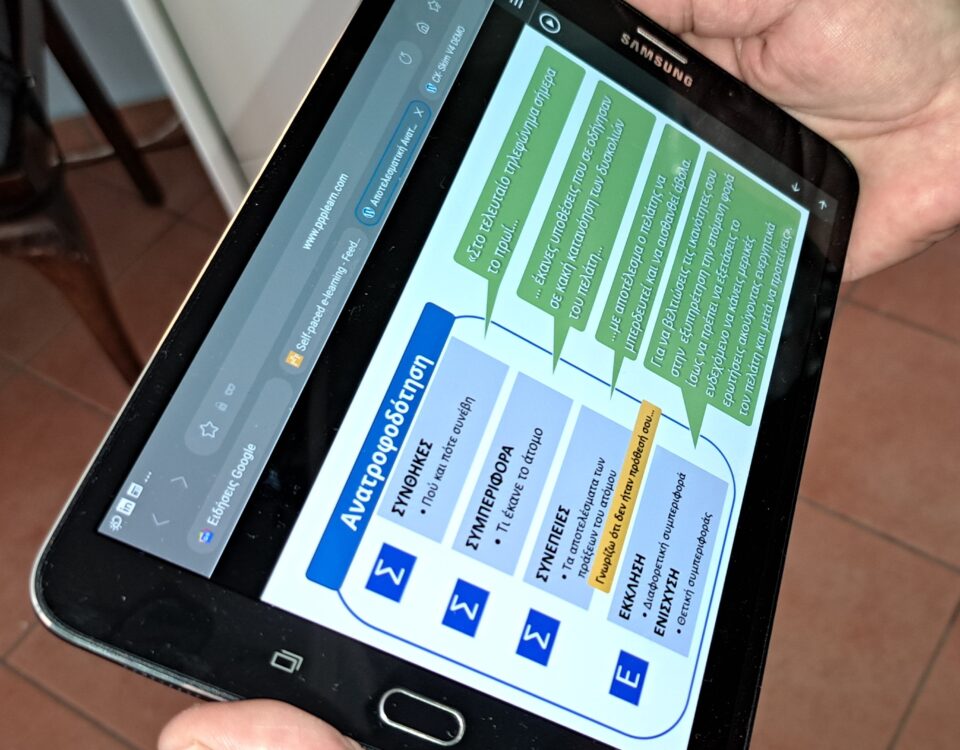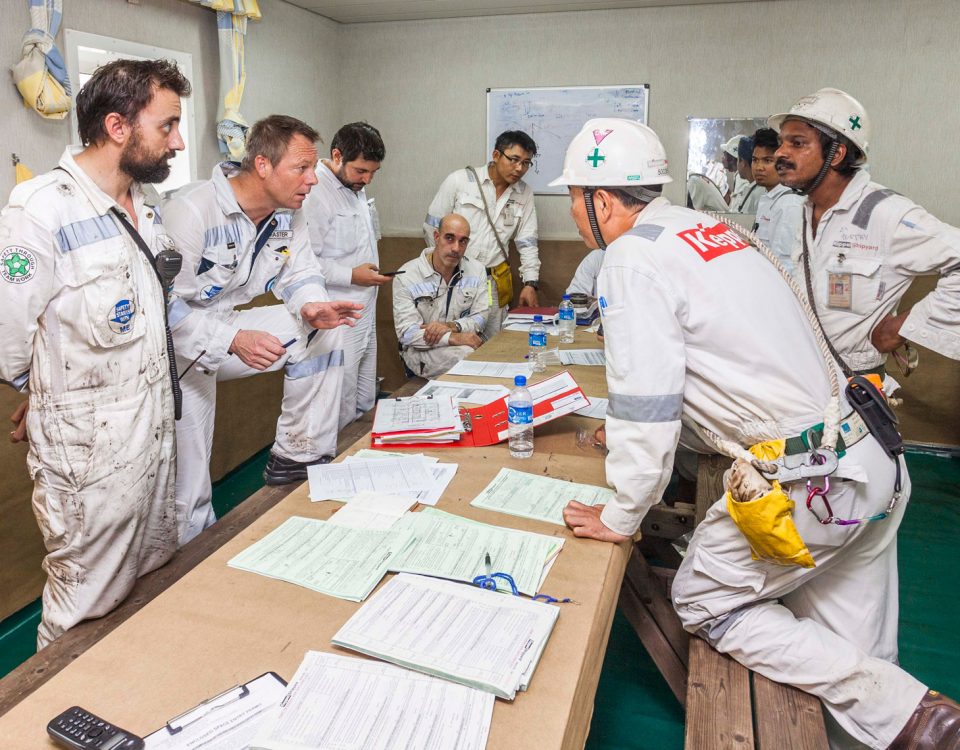Recently, there is an increasing interest in the development of maritime students’ learning skills including critical thinking, problem solving and analytical skills, innovation, communication, and collaboration. The traditional method of teaching and learning is a teacher-centered approach where students are required to memorize knowledge and are not encouraged to engage in critically. Also, many students are not able to produce satisfactory interpretation of the observations or results. So, educators have been called upon to make their students more active participants in the learning process. One of the best ways to develop these skills in maritime studies is to use the case-based learning approach.
Case Study as a teaching tool
ISOL-MET uses the Case Study methodology for the development of soft skills courses. Case Study methodology is increasingly popular form of teaching and has an important role in developing skills and knowledge in students. A case study transfers reality in the classroom. Cases recount—as objectively and meticulously as possible—real (or realistic) events or problems so that students experience the complexities, ambiguities, and uncertainties confronted by the original participants in the case. These cases link theory to practice and encourage the use of inquiry-based learning methods; it encourages learning through students’ application of knowledge to maritime business cases, enhancing the relevance of their learning and promoting their understanding of concepts. it develops and improves soft skills more effectively such as communication, teamwork, critical thinking and leadership; it involves learning to solve problems and encourages the development of analytical skills; it can be used to highlight specific academic topics and related issues in real practical applications as well as to increase motivation for students to participate in classroom activities, thereby enhancing learning skills and thus increasing quality in performance. As they “inhabit” a case, students must tease out key components from the real messiness of contradictory and complicated information. Cases compel students to:
- Distinguish pertinent from peripheral information.
- Identify the problem(s) at hand and define its context and parameters.
- Identify a set of possible solutions.
- Formulate strategies and recommendations for action.
- Make decisions.
- Confront obstacles to implementation.
Benefits
The benefits of using case studies as an interactive learning approach, are arising from shifting the emphasis from teacher-centered to more student-centered activities; all courses in maritime academic studies are lecture-based approach and the MET (Maritime Education & Training) should focus on developing some skills that relate to being learner-centered in some courses and focus on other skills.
The rationale for the case method is that maritime organizational learning is most effective when knowledge is shared in usable ways among organization members, and that knowledge is most usable when it is:
- Contextual—when it relates to one’s own experience. Inert information databases, as in a lessons-learned system by themselves they are insufficient. To create dynamic learning, the context of the stories must be brought into the learning process. The case study is the main vehicle to do this.
- Decision-oriented case studies are structured and written from the viewpoint of a key player, the protagonist. They are framed around information available to the protagonist at the time of the event. The case typically builds to a point where the decision- maker is confronted with open-ended choices. The reader is left to analyze the information and scenarios and then make critical decisions based on contextual analysis.
A maritime case study is a way to disseminate the experience and wisdom embedded in the stories of shipping officers and other team members. A documented maritime case story engages participants intellectually and emotionally through their involvement in virtual decision-making, sharpening their analytical, problem-solving, and managerial skills by sparking insight and creating connections between events, incidents, or systems.
Case-based learning at maritime is active, experiential, and takes place within a context—all keys to the effectiveness of the case study as a knowledge-management tool. An effective case study…
- Leaves important issues unresolved.
- Allows for multiple levels of analysis.
- Captures a tension between courses of action.
- Generates more questions than answers.• Fosters decision-making thinking.
Creating the Case Study
No less than any other maritime project, the creation, development, and implementation of case studies is process-driven, and the process must be managed systematically. Likewise, it must be deadline driven— recognizing that some flexibility should be built into the process, since, as in any project, exigencies may warp the schedule. A case story incorporates many elements—human and technical aspects—as well as lessons learned. Good case writing takes time and effort.
- A case study focuses on a specific aspect, event, or time horizon in the life of a project. Cases do not cover the whole mission, but only tell a certain story.
- Each story has one or more learning objectives that can be used in a discussion, presentation, or self-reflection.
- We write cases, but the story is not ours. It is someone else’s story we are borrowing.
- Case writers build cases on respect and trust, not authority.
- Cases are living documents intended for interaction. They are not dead, cold reports of facts with which no one can argue.
Developing a maritime case study is a unique endeavor, given the nature of shipping business. The principles of the case method of teaching, however, are universal. Told the right way—accurately, vividly, and with clearly defined learning objectives—a maritime case study has the potential to educate effectively.





